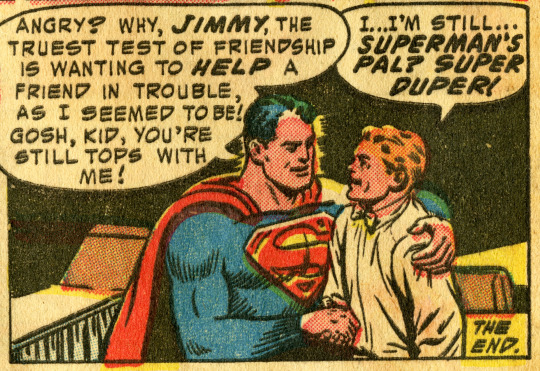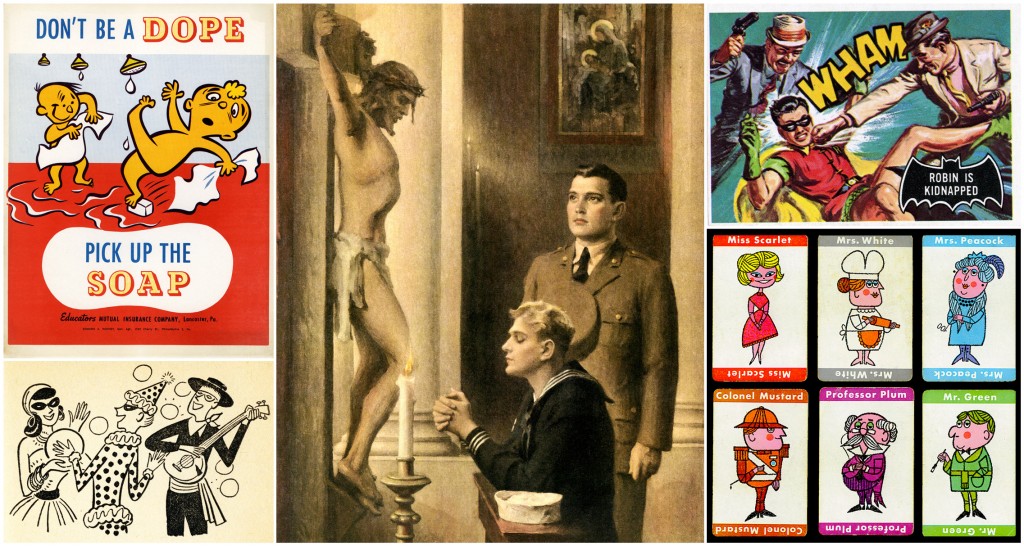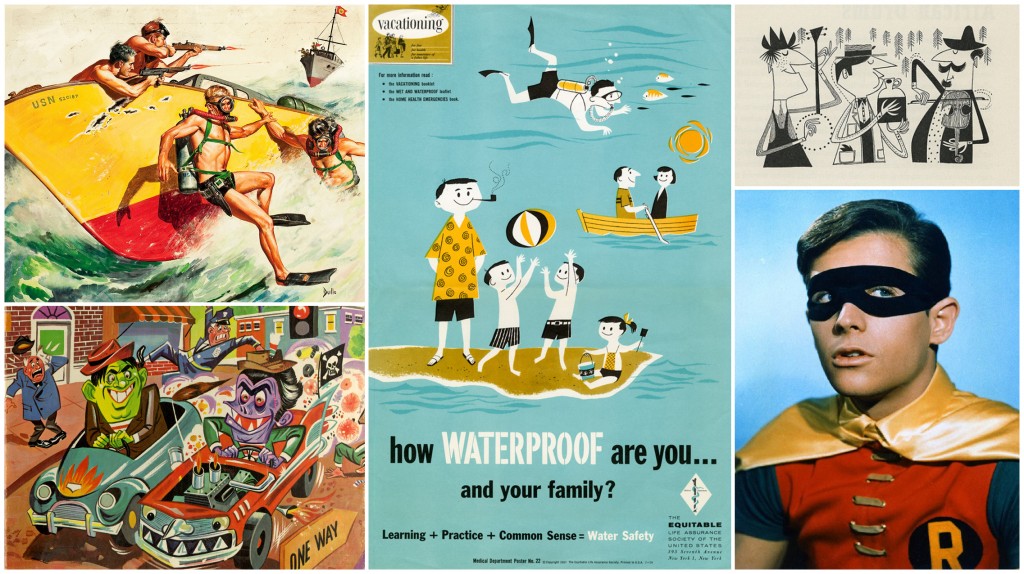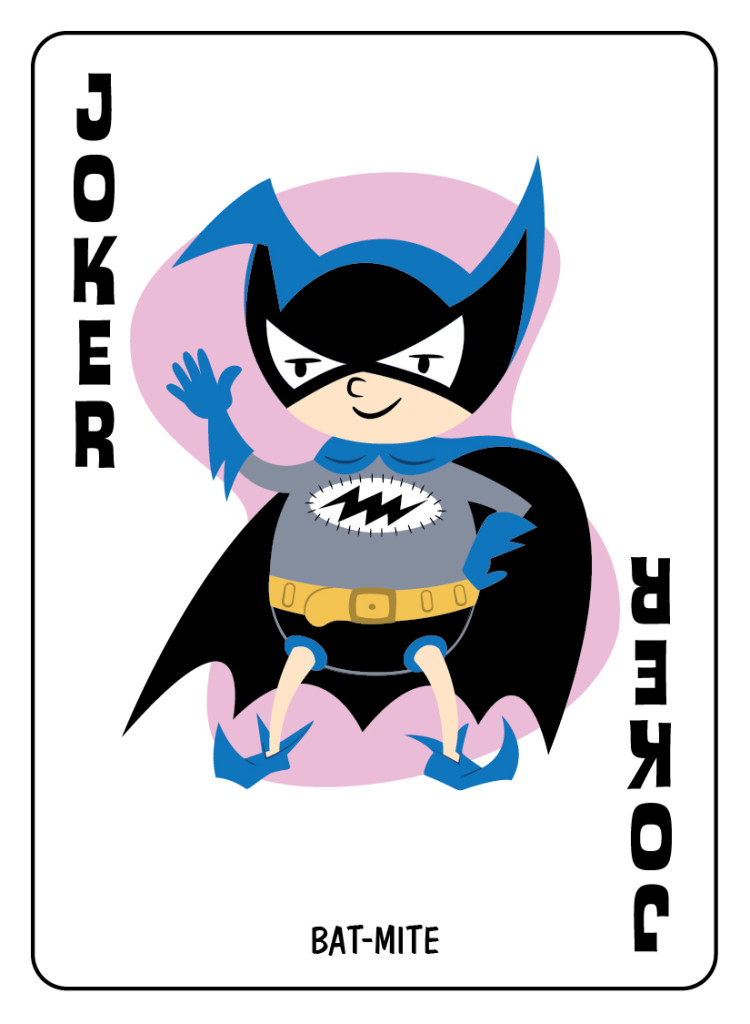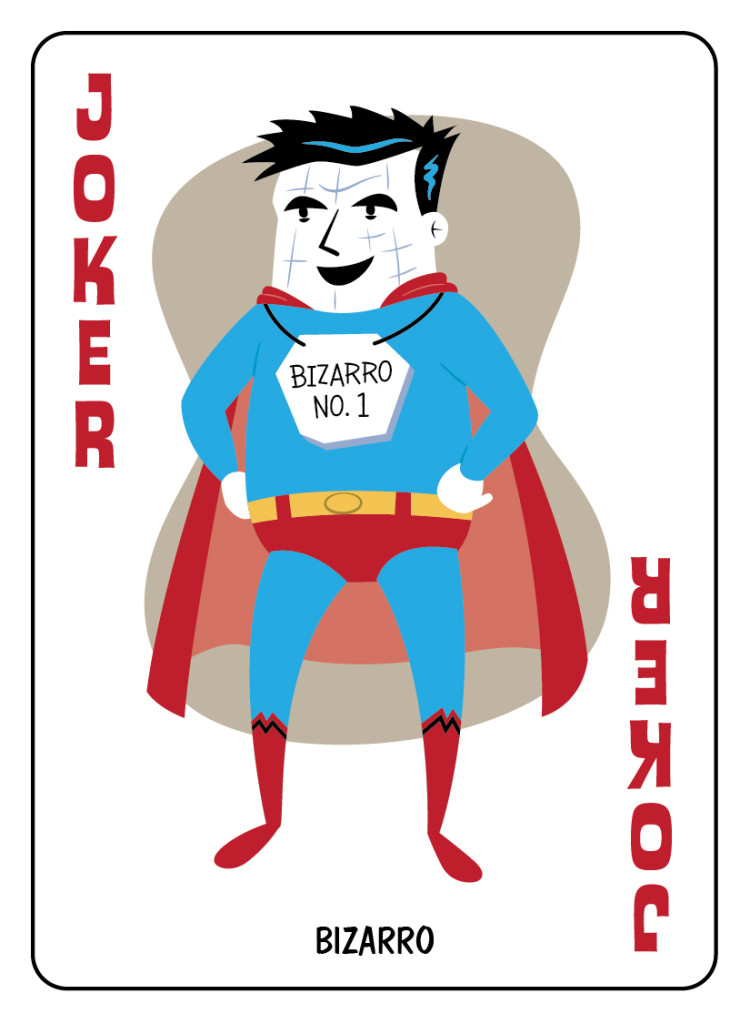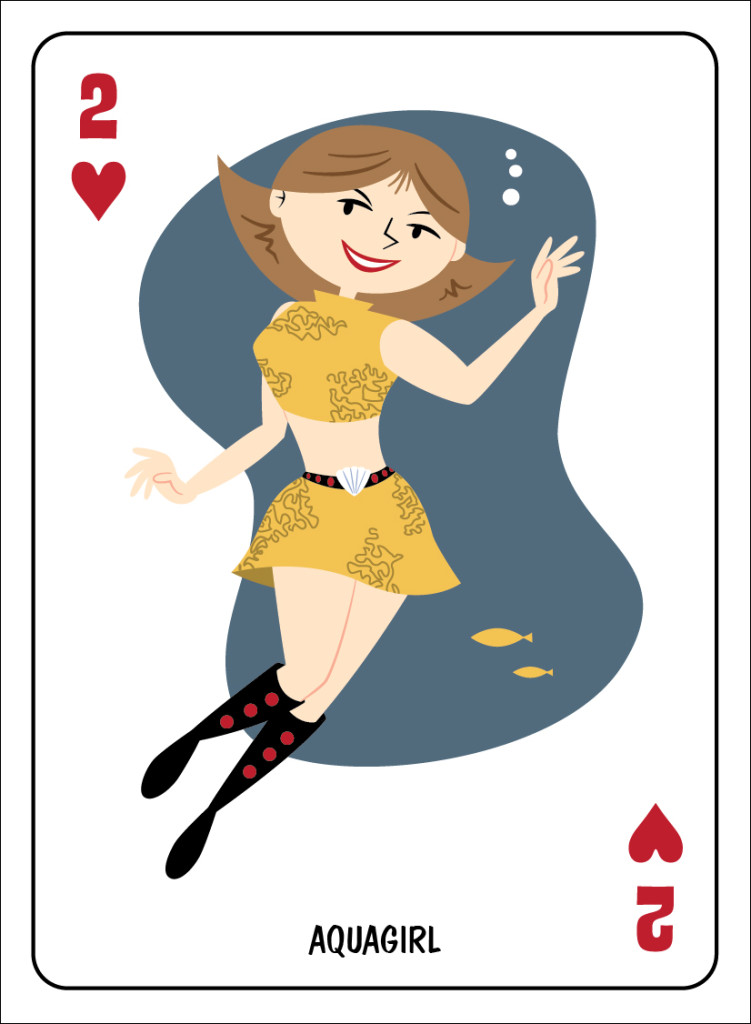Sept.-Oct. 1954
Editor: Mort Weisinger
Cover: Curt Swan (Pencils), Stan Kaye (Inks)
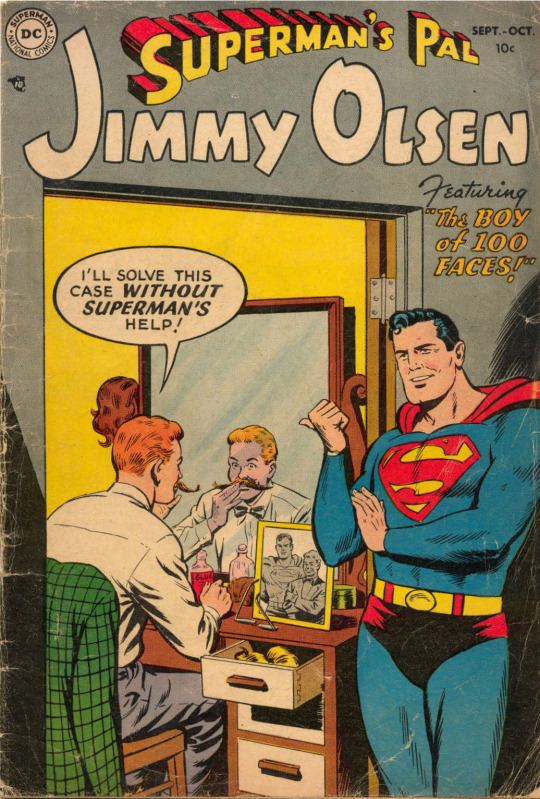
The character of Jimmy Olsen, cub reporter at the Daily Planet, originated on the radio show The Adventures of Superman in 1940. Superman”™s creators Jerry Siegel and Joe Shuster brought the character to comics in 1941, fleshing out his personality and physical appearance, but after using Jimmy in a handful of stories, they dropped him.
In late 1953, while Jack Larson was playing the character on The Adventures of Superman television show, the character was revived in the comics after a 10-year absence, and shortly thereafter given his own book. This tie-in to the TV show was emphasized in the very first panel of the comic—”You”™ve seen him on television”— as well as the house ads promoting the new title.
Clearly, DC felt confidant in the association with the show and assigned Superman”™s top creative team to the project. Writer Otto Binder would go on to introduce key elements of the Superman legend—Supergirl, Krypto the Superdog, The Legion of Superheroes, and many others. Artist Curt Swan would come to define Superman and related characters for the next three decades.


1. The Boy of 100 Faces!
Script: Otto Binder
Pencils: Curt Swan
Inks: Ray Burnley
In this story we get to see Jimmy use his 100 disguises. And by 100 they actually mean two. Dressing up as a ice cream vendor and a brush salesman doesn”™t even require Superman”™s pal to use any of the mustaches, wigs, or makeup shown on the cover. Typical comic book bait-and-switch.
This story introduces Jimmy”™s “Superman Signal Watch”, a device used by the character to call for help. The last story in the comic also introduces the first in a series of excuses why the signal device can”™t reach Superman—too much static to get through! Eventually there will be a short list of explanations including “Superman is too far away”, “the watch is broken”, and “Jimmy left it in his other pants.”

2. Case of the Lumberjack Jinx!
Script: Otto Binder
Pencils: Curt Swan
Inks: Ray Burnley
Jimmy goes undercover as lumberjack “Jimmy Wayne” to investigate mysterious mishaps at a lumber camp. Superman puts in an appearance but Jimmy surprisingly solves the case without any super-help.
3. The Man of Steel”™s Substitute!
Script: Otto Binder
Penicls: Curt Swan
Inks: Ray Burnley
When Superman is unavailable, Jimmy attempts to take his place. His valiant efforts are a dismal failure, but the fact that for a moment he seems likely to succeed, stretches credibility way past the breaking point. Consider that part of his plan involves projecting a movie of Superman onto a cliff outdoors in broad daylight to make it look like the Man of Steel is flying by and you”™ll get the idea. And that might have been the best part of the plan!
Of course, Superman himself shows up just in the nick of time to save the day, but Jimmy is disappointed in how he handled the situation and expects Superman to “call off their friendship”. It turns out Superman appreciates what Jimmy did even if it wasn”™t successful. Super Duper!
